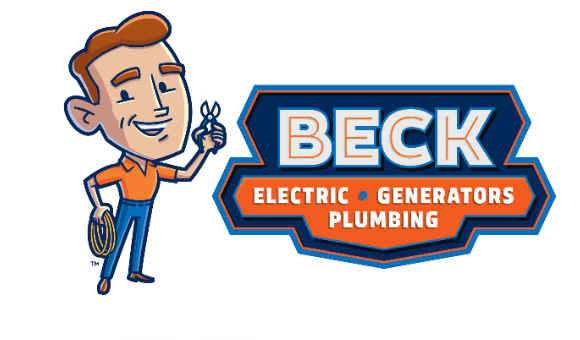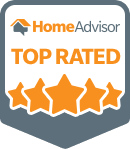There are several reasons to familiarize yourself with your state’s regulations regarding sump pump discharge lines. First, it guarantees adherence to local rules, which means no penalty for incorrect discharge. Secondly, it helps safeguard the environment by preventing toxins from entering water bodies or sewage systems. The restrictions are important because poor discharge can cause water to pool around the foundation of your home, which can lead to floods and water damage. The public as a whole also benefits from the smooth operation of municipal sewage systems, which becomes possible via strict adherence to discharge laws. This means knowing these regulations will protect not just your possessions but the ecosystem as a whole.
What Is a Sump Pump Discharge Line?
A sump pump discharge line is a pipe or conduit used to transport water from a sump pump to the proper disposal location. In most cases, a sump pump’s actual installation location is in a pit or basin dug into the floor of a basement or crawl space. The sump pump kicks on once the pit fills with water, and it expels the water via the building’s drainage system. Depending on the rules and regulations in your region, the discharge line may go to the municipal sewage system, a storm sewer or a designated drainage area on the property.
What Rules Does Ohio Have in Place?
The county you live in will affect the sump pump discharge line rules that you need to abide by. In some counties, the minimum is 15 feet away from any property line. In other counties, the minimum is as little as three feet. To understand the specific rules that apply to your property, we highly recommend reaching out to the Stark County Building Department or checking Waynesburg’s official website.
What Happens If You Break the Rules?
Noncompliance with sump pump discharge restrictions may result in fines or penalties imposed by local authorities. The severity of the penalty you face for a breach of the rules around sump pump discharge lines will depend on the laws in your area. In some cases, local authorities or impacted parties may decide to file a lawsuit for persistent or serious violations of sump pump discharge restrictions.
Disobeying sump pump discharge line rules also puts you at risk of noncompliance, significantly impacting your ability to obtain homeowner’s insurance. Improper water discharge may also have negative environmental consequences, such as introducing toxins into water bodies or overloading sewage systems. This may result in stricter environmental laws or penalties. Noncompliance can also result in difficulty selling your home. This happens because not following the rules raises concerns in the minds of potential buyers.
Who Should Install the Sump Pump Discharge Line?
It’s always best to have a licensed plumber install a sump pump discharge line. This person knows local building codes and regulations and can make sure it’s installed correctly.
Installing a discharge line for a sump pump calls for careful planning and execution. First, a qualified expert examines the land to choose the best spot for the discharge point in accordance with all applicable rules and regulations. They use PVC pipes, fittings and a check valve, among other high-quality components.
In some cases, the plumber will have to dig a trench. The pipe then subsequently links to a specific discharge point, such as a storm drain or drainage system. The water can’t go backward into the pump since it has a check valve attached. The final step involves testing the system’s functionality and providing suggestions to keep things running well.
How To Take Care of Sump Pump Discharge Line
Plumbers will normally give homeowners a list of tips they can follow to take care of their sump pump discharge line. These tips often include:
- invest in regular inspections
- clear debris from the area around the line
- maintain proper grading
- protect the line from freezing
- install a splash block or extender
Clearing the area surrounding the discharge line of leaves and other debris will keep water flowing freely and prevent any jams from forming. Ensuring that the ground around the discharge point is properly graded away from the foundation of your home helps prevent water from pooling around the foundation, which can lead to basement flooding.
To increase water flow in colder areas, insulating the discharge line’s exposed parts, adding a freeze guard or using heat tape are all viable options. If you want to keep water away from the house’s foundation and keep erosion at bay, use a splash block or extension at the end of the discharge line.
Are you looking to find someone who can help you install a sump pump discharge line? If so, give Beck Electric, Generators & Plumbing a call. We also help homeowners with water quality testing, electrical services, generators, etc. Contact us now to speak with a licensed plumber about your home’s sump pump.






